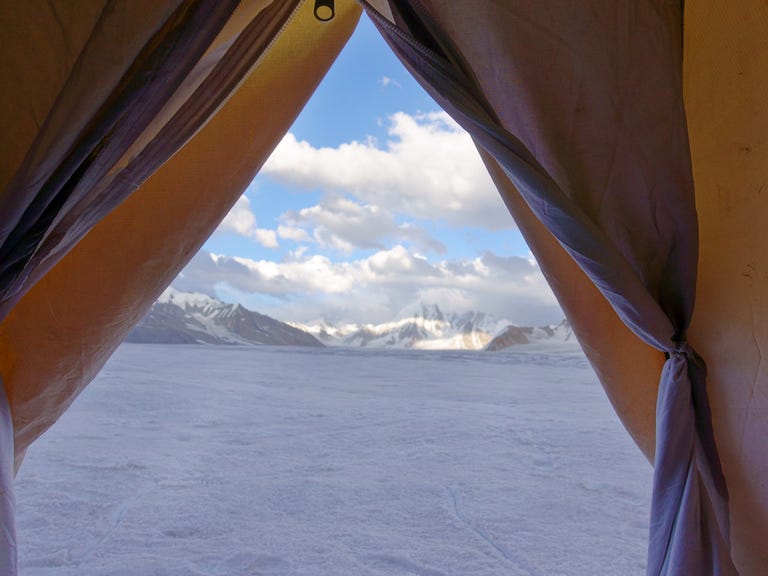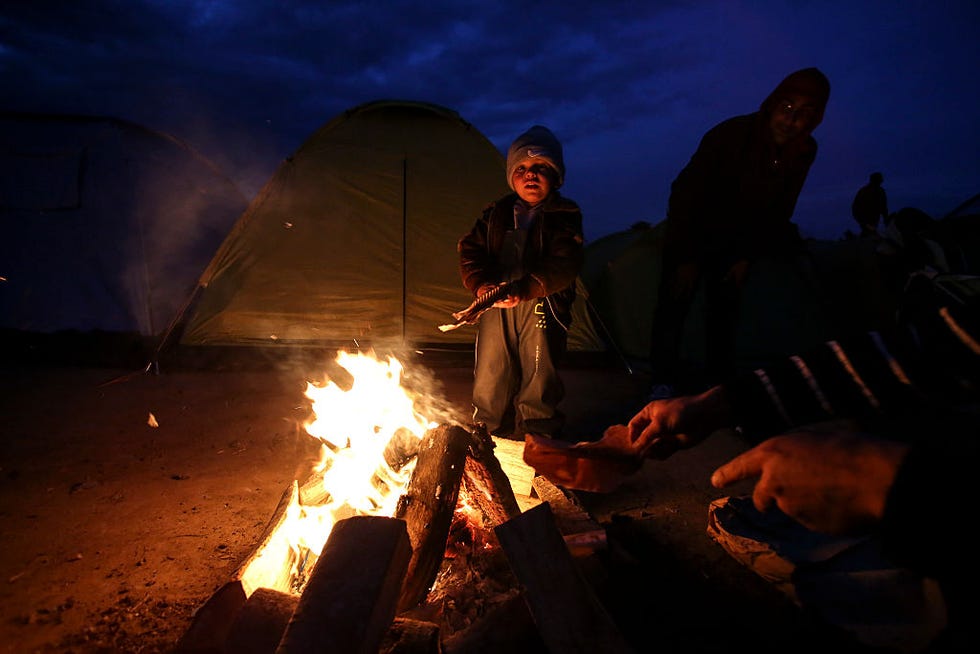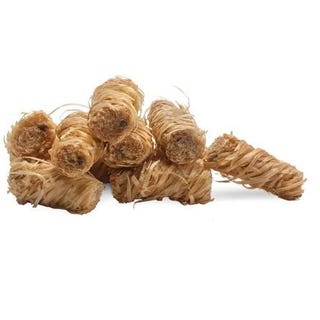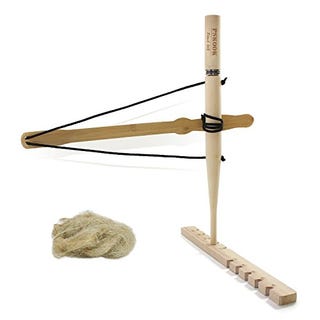Post by oldhippy on Jan 30, 2020 11:02:03 GMT
How To Camp in the Cold Like a Pro

It's cold. It's snowing. And it's a great time for a camping trip. The moon makes the snow-draped forest glow, and the retreat of the summertime campers means you have plenty of space to yourself. But a winter camping trip requires a little more thought and planning than your average summer outing.
Peter Kummerfeldt, a wilderness survival expert who teaches outdoor skills through his company, OutdoorSafe, has camped out in minus 45 Fahrenheit temperatures while working at the Air Force Survival School in Alaska.
His winter survival tips can help a camper navigate extreme conditions as well as less daunting trips closer to home.

You want clothes that can keep you warm during periods of inactivity. Chances are you'll create plenty of heat during that backcountry trek, but it's tougher to maintain a comfortable temperature when you stop moving.
So layer up. Start with polyester thermal underwear for the base layer. Choose breathable fleece to inhibit the accumulation of perspiration during exertion. If you prefer natural fibers, choose merino wool and wool-fleece blends that offer the warmth of wool at lower prices. Pack a scarf or neck gaiter that you can take off and on easily to regulate body temperature, and take a lightweight jacket that is both waterproof and breathable.
The secure-fitting Surpass provides exceptional moisture-wicking.
Layering can also keep your head and feet warm. Fleece or wool stocking caps can be made windproof when covered with a detachable hood. Leave your cotton socks at home. Instead, choose wool (merino wool won't be itchy) or wicking polyester socks designed for hiking.
Boots don't have to be expensive, but they should be waterproof or water-repellent, especially if you plan on hiking through snow.
Never Neglect Your Hands
To keep those digits warm, pack polyester glove liners and gloves, then gauntlets to layer over them. Stock up on chemical heating pads for when you need a little heat boost.
Water repellant, outstanding grip, and a manufacturer rating that holds up in temperatures in the low 20s.
Superior Glove

Think Fire

NurPhoto
When you arrive at your campsite, start your fire before doing any other setup. Plan ahead and always pack fire sources. You can go low-tech with tightly packed dryer lint stuffed into old pill bottles or film canisters, or high-tech with magnesium fire starters.
Learn how to start a fire without sparks, lighters, or matches


Find the Right Wood
Before starting, collect piles of tiny twigs and intermediate pieces of wood (smaller than your pinky). For tinder, use a knife to shave pencil-sized sticks off those larger logs or shred birch bark. You can also collect wood chips.
Build a Nest
Lay a large log across your fire pit, then take your fine material and create a small bundle next to it. Light with a lighter and continue adding fine materials. As it catches, rest your twigs and then pinky-sized fuel against the log and over the fire. Stoke the flames by blowing on them, or fan with something like a paper plate.
“Anytime you can add more air the fires, it’s going to be happier,” Wohl says.
Add Larger Wood
As the small and medium fuels start to roar, add larger wood on top, leaning them over the fire against the base log.
“Avoid crushing those finer sticks. Fires need air around the base to create heat,” Wohl says.
💡Pro Tip: “Hand sanitizer is a great trick to have up your sleeve,” Wohl says. It’s alcohol based and it burns hot, but relatively slowly. Plus, you probably already carry it with you. Just give a couple squirts on your tinder. “It’s almost cheating but it works great,” Wohl says.
Choose the Right Campsite

Rare Snow Falls On Joshua Tree Decreasing California Drought
David McNew
David McNew
Summer campers might prefer the shadiest and most secluded spot. In winter, however, the morning sun can be a welcome companion. Take note of where the sun will first appear at sunrise, and angle your tent to take advantage of the early rays while shielding the door from the wind.
Hydrate, Then Hydrate Some More

David McNew
You may not feel thirsty in cold weather, but staying hydrated is just as important in winter as it is in summer. Drink water (warm or cold), hot tea, or hot chocolate—the latter also provides high-calorie fuel for your outdoor adventure.
As you breathe in a warm tent on a cold night, condensation will form even if it's a four-season model. Be ready for it to "snow" down on you in the morning. There's not a lot you can do about condensation, but the next morning be sure to dry out your sleeping bag before using it again. To minimize condensation, you can vent your tent at night—it won't hold in heat as well, but it will stay drier.
Wear Your Clothes to Bed

The old wisdom of stripping down before you get into a sleeping bag doesn't make sense. And if the campfire is still going, heat some water, pour it into a heatproof water bottle, and snuggle into your bag with it. Keeping wet clothes near your body is also a great time to dry them by morning.
If space and comfort take priority over portability, North Face's Homestead Twin bag could be just what you're after.
Winter is a great time for a camping trip. The key to a successful excursion is to remember that even a little bit of heat can go a long way.












